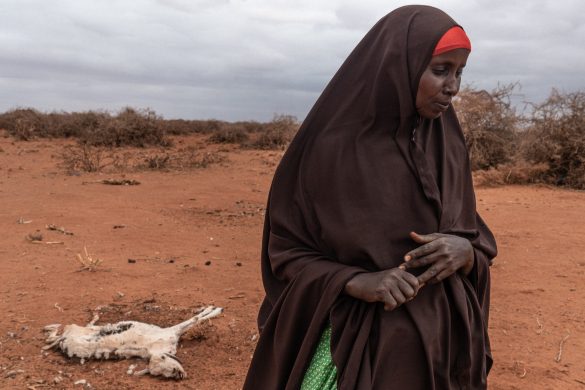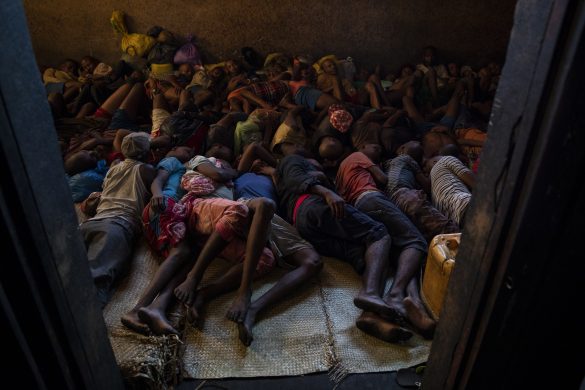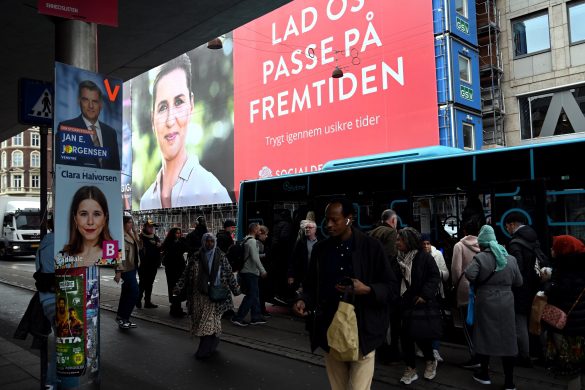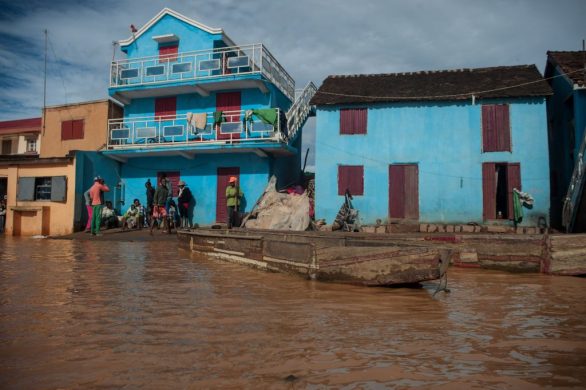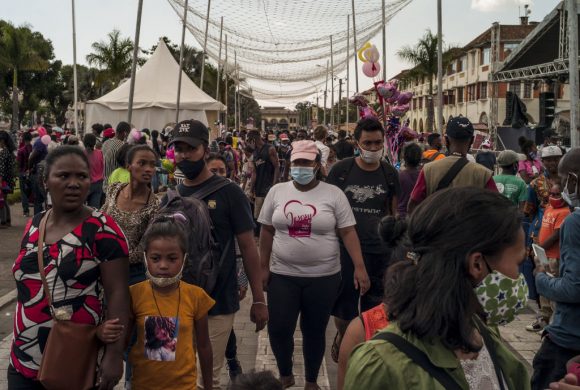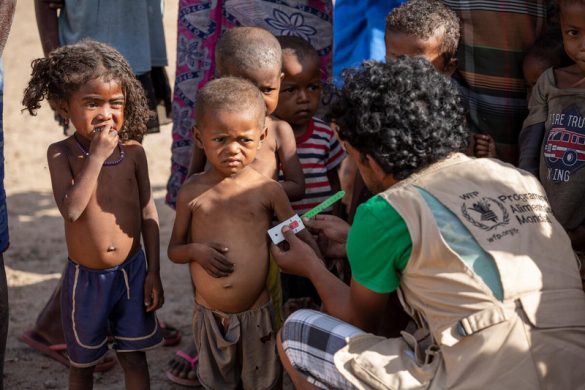ANTANANARIVO, 27 October, 2015 (WFP): Nearly 1.9 million people – 46 percent of the population from eight regions of Madagascar – are now food insecure with 450,000 of them facing severe food insecurity, according to the Crop and Security Assessment Mission (CFSAM), an assessment by the Government of Madagascar, United Nations’ Food and Agriculture Organization (FAO) and World Food Programme (WFP).
The highest food insecurity rates are found in the island’s drought-hit southern regions of Androy, Anosy and Atsimo Andrefana where 380,000 people – 30 percent of the population – are affected.
The situation has been triggered by a significant decrease in food production during the past three agricultural seasons as a result of recurrent shortages of rainfall which also impacted this year’s main harvest.
Ødelæggende overlevelsesstrategier
The seven most affected southern districts are Amboasary, Ambovombe, Beloha, Bekily, Tsihombe, Betioky, Ampanihy. Households have resorted to various negative coping strategies including the sale of assets, reducing their number of daily meals, withdrawing children from school and consuming wild foods such as cactus fruit.
Starting from November and continuing until the next harvest which is due in February, WFP will assist 130,000 of the most vulnerable people in five districts through food- or cash-for-assets programmes (hjælp til selvhjælp-prgrammer, red.).
These are designed to help communities build resilience and prepare for the next agricultural season. Those households which are unable to work will be supported through food distributions.
To treat and prevent malnutrition, WFP will provide supplementary feeding to pregnant women, nursing mothers and to children under two years of age.
"When households adopt negative coping strategies, their resilience to shocks decreases,” said WFP Country Director Willem Van Milink.
“Continuing assistance is crucial not only for communities to have adequate food consumption during the lean season but also so they can regain their livelihoods and increase their resilience to shocks.”
Patrice Talla Takoukam, FAO Representative in Madagascar, said recent food security assessments have not of themselves been sufficient to address the crisis.
“The current situation requires real action from a range of actors to help vulnerable people recover and to avert a deterioration in the food security situation.”
Græshoppe-sværme blev nedkæmpet
FAO has implemented an emergency response in the agricultural sector through the distribution of improved drought-resistant seeds. This facilitates the replanting of more than 6,000 hectares of land and helps ensure food availability for 13,000 households in Anosy and Androy regions.
A plague of locusts, which affected crops and pasture in 2013 and early 2014, has been defeated, thanks to the efforts of the Malagasy Government and FAO, and to support from donors under a three year locust eradication programme.
WFP is also supporting national efforts to treat moderate acute malnutrition among 7,000 children. In early October, a WFP-chartered plane airlifted a nutritional supplement to Madagascar’s capital Antananarivo.
This will be used in state-run nutrition centres to fight increasing levels of acute and moderate malnutrition among children aged under five in the south of the country.
FAO and WFP programmes in Madagascar contribute to achieving Sustainable Development Goal 2: to eliminate hunger, improve nutrition and promote sustainable agriculture.






